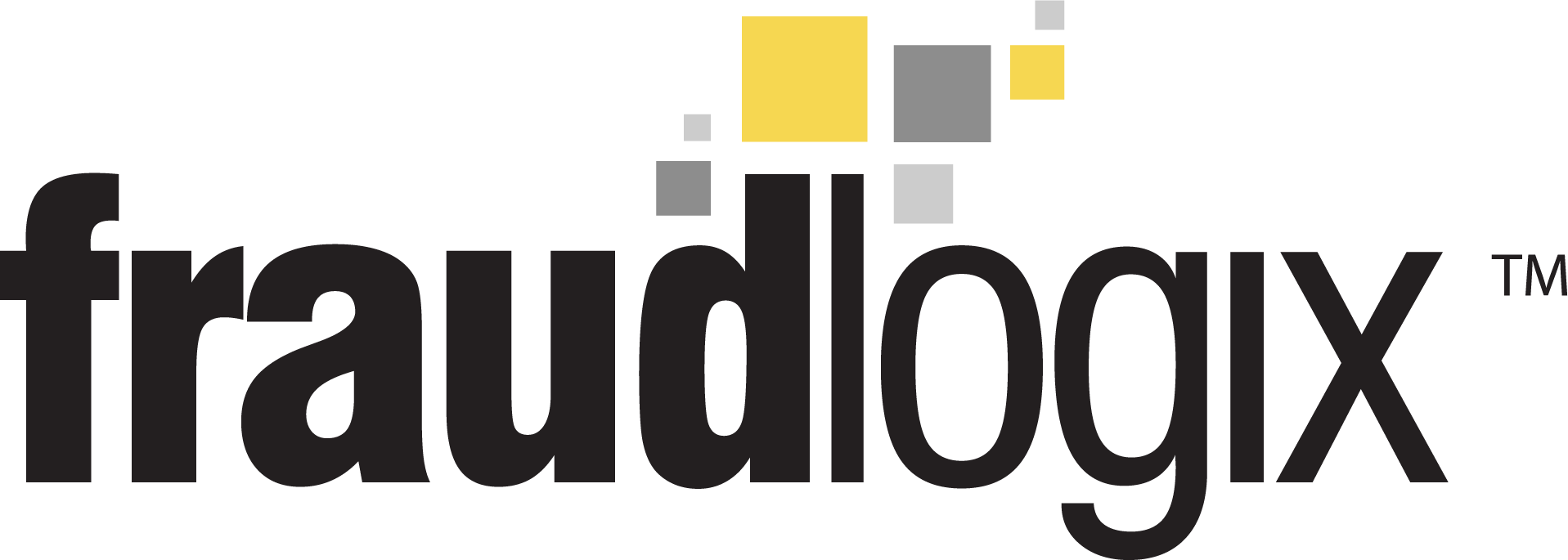Protecting Your ROI: How to Avoid Ad Fraud and Bot Tra�ffic in a Cost-Cutting Economy
Free IP lookup API to uncover fraud, bots, and high risk users.
Ad fraud prevention measures help businesses preserve return on ad spend (ROAS) by blocking fraudulent activity upfront. Fraudulent traffic, fake impressions, or false conversions erode budgets and distort performance metrics, leaving advertisers with inflated costs and diminished campaign effectiveness. Proactively addressing these risks is not just a defensive measure but a strategic imperative to preserve campaign integrity and margins.
Fraud Prevention Tools Basics
Every fraudulent online activity leaves a trace of evidence that you can use to spot it and prevent it from impacting your server. The number and variety of fraud prevention tools are vast, but most ad fraud prevention tools will contain five basic aspects:
- IP Blocklist: Block traffic originating from pre-vetted lists of known fraudulent IP addresses
- IP Risk Scoring: Evaluate IP risk levels (medium/high/extreme) and block high-risk addresses proactively to prevent malicious activity
- Digital Fingerprinting: Analyze device-specific identifiers (OS, browser, plugins) to detect anomalies and flag suspicious behavior patterns
- Pixel-based Detection Network: Track ad engagement patterns via embedded pixels to identify and flag malicious user interactions
- S2S (Server-to-Server) Analysis: Bypass client-side manipulation by analyzing server-side data streams for authentic traffic validation
Advanced Fraud Prevention
Modern ad fraud prevention requires sophisticated technical infrastructure operating in real-time combining the basic suite of tools with more advanced and interconnected technical systems. Broadly, there are three types of ad fraud prevention measures a business can undertake: traffic quality assessment, behavioral analysis and multi-point protection systems.
Traffic Quality Assessment
Traffic quality assessment evaluates the legitimacy of traffic sources by analyzing IP addresses and device characteristics to identify non-human or suspicious activity before it enters the advertising ecosystem. This proactive approach ensures only genuine users engage with campaigns, reducing wasted ad spend.
IP Risk Intelligence Systems
- Dynamic blocklists automatically excluding known fraudulent sources
- Risk scoring algorithms evaluating traffic quality probability
- Geolocation verification to identify geographic anomalies
- Datacenter and proxy detection to filter non-human traffic
Device Fingerprint Analysis
- Advanced digital fingerprinting beyond basic device identification
- Browser and device authenticity verification
- Consistency validation across multiple sessions
- Bot and emulator detection capabilities
Behavioral Analysis Framework
Behavioral analysis frameworks examine user interaction patterns with ads and websites to distinguish real human behavior from automated or fraudulent activity. By monitoring timing anomalies and engagement consistency, suspicious actions like rapid clicks or unnatural navigation paths can be flagged.
User Interaction Patterns
- Mouse movement and scroll pattern analysis
- Click behavior and navigation path evaluation
- Session duration and engagement metrics assessment
- Impossible navigation sequence detection
Temporal Analysis
- Time-based distribution patterns of engagement
- Velocity checks for physically impossible device movements
- Concurrent session detection across multiple geolocations
- Conversion timeframe plausibility verification
Multi-dimensional Prevention Infrastructure
Multi-dimensional Detection Infrastructure combines client-side tools that monitor browser-level activity (e.g., mouse movements, form completions) with server-side verification to validate conversions through tamper-resistant data streams. This layered approach ensures comprehensive fraud detection across the entire conversion path.
Client-side Monitoring
- Pixel-based tracking across ad placements and landing pages
- JavaScript execution verification
- Visual rendering confirmation
- Interactive element engagement validation
Server-side Verification
- Server-to-server (S2S) data verification bypassing client-side manipulation
- API-level traffic authentication
- Cross-platform traffic correlation to identify anomalies
- Data consistency checks across conversion points
Criteria To Select Fraud Prevention Solution
Ad fraud detection can be self-serve or done with an online fraud prevention partner. In either case, when selecting the right solution you will want to consider the same criteria:
- Dataset size: The scope and depth of the database determines the accuracy of quality assessments and behavioral analytics
- Data refresh rate: The recency of data impacts the quality of fraud detection
- Processing capacity: Ability to analyze high-volume traffic in real-time, preferably connected through an API, to keep user experiences uninterrupted
- Industry relationships: Having partnerships with affiliate and ad networks, ad exchanges and other industry players increases data sources and quality
- Adaptability: New fraud detection methods need to be developed to combat emerging fraud techniques
- Reporting Capabilities: Automated reporting that provide actionable insights on fraud
Implementing comprehensive protection requires both technological solutions and organizational commitment to traffic quality. Businesses that combine robust tools with strategic oversight achieve significant improvements in advertising efficiency and effectiveness.



